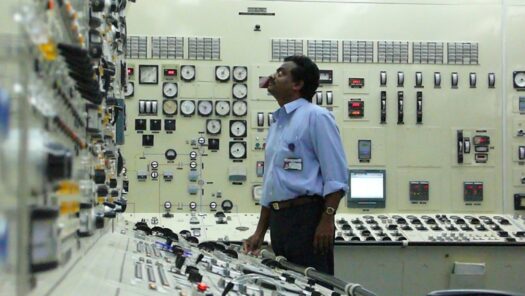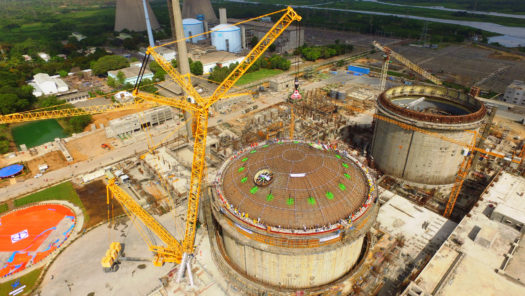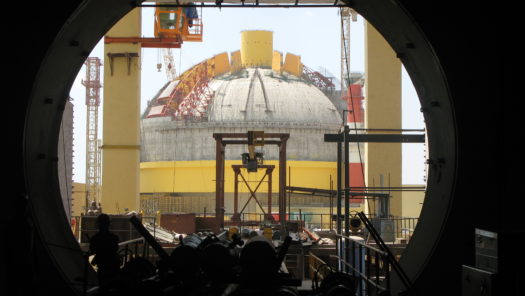SAV-CRDF
Return to article
جنوبی ایشیا میں سائبر سیکیورٹی کے لیے دوطرفہ لائحہ عمل کی تشکیل
۲۰۱۹ میں کونڈکلم میں واقع بھارت کے سب سے بڑے جوہری ری ایکٹرز میں سے ایک کو میل ویئر حملے کا سامنا ہوا جو نا صرف پلانٹ کی فائروال کو عبور کرنے میں کامیاب ہوا بلکہ مبینہ طور پر ڈیٹا…

کیا بھارت جوہری میدان میں بڑھتے سائبر سیکیورٹی چیلنجز سے نمٹ سکتا ہے؟
دنیا بھر میں سائبر سیکیورٹی ڈھانچہ زیادہ پیچیدہ ہوتا جا رہا ہے اور نظام میں موجود کمزوریوں اور ممکنہ بحران سے بچاؤ کیلئے جدید نوعیت کے حفاظتی طریقہ کار کی ضرورت بڑھتی جا رہی ہے۔ سلامتی کے ضمن میں سائبر…

Pakistan’s Evolving Nuclear Security Culture
In the over two decades since its 1998 nuclear tests, Pakistan has taken important steps to strengthen its nuclear safety as well as develop and enhance its nuclear security culture—defined by the IAEA as: “the assembly of characteristics, attitudes and…

Building a Bilateral Framework for Cybersecurity in South Asia
In 2019, one of India’s largest nuclear reactors located at Kudankulam suffered a malware attack that not only breached the plant’s firewalls but also reportedly stole data and information. Though only breaching the administrative network of the plant, and not…

SAV-CRDF Global Essays on Nuclear Security
Written by recipients of the SAV-CRDF Global grants in nuclear security, articles for this series feature innovative analysis and research on some of the most pressuing nuclear security issues on the subcontinent. Contributors from India, Pakistan, and Bangladesh examine a…

Scientists as Assets: The Security of Nuclear Personnel in India
Although in many ways a targeted attack on nuclear scientists or engineers is unique to the security situation of each country and cannot be extrapolated to another country’s security discourse, attacks on nuclear scientists nonetheless raise essential questions for any…